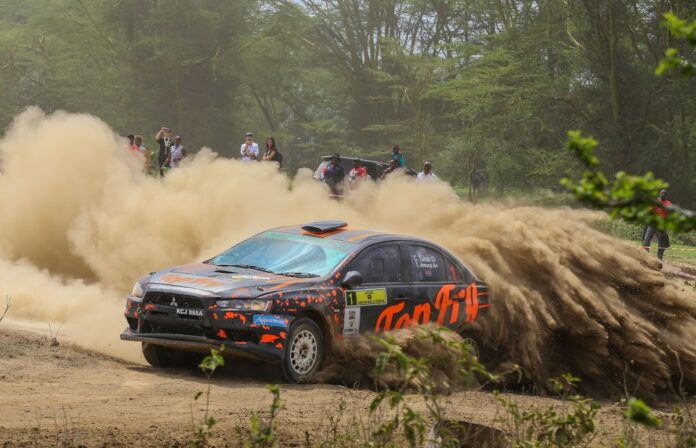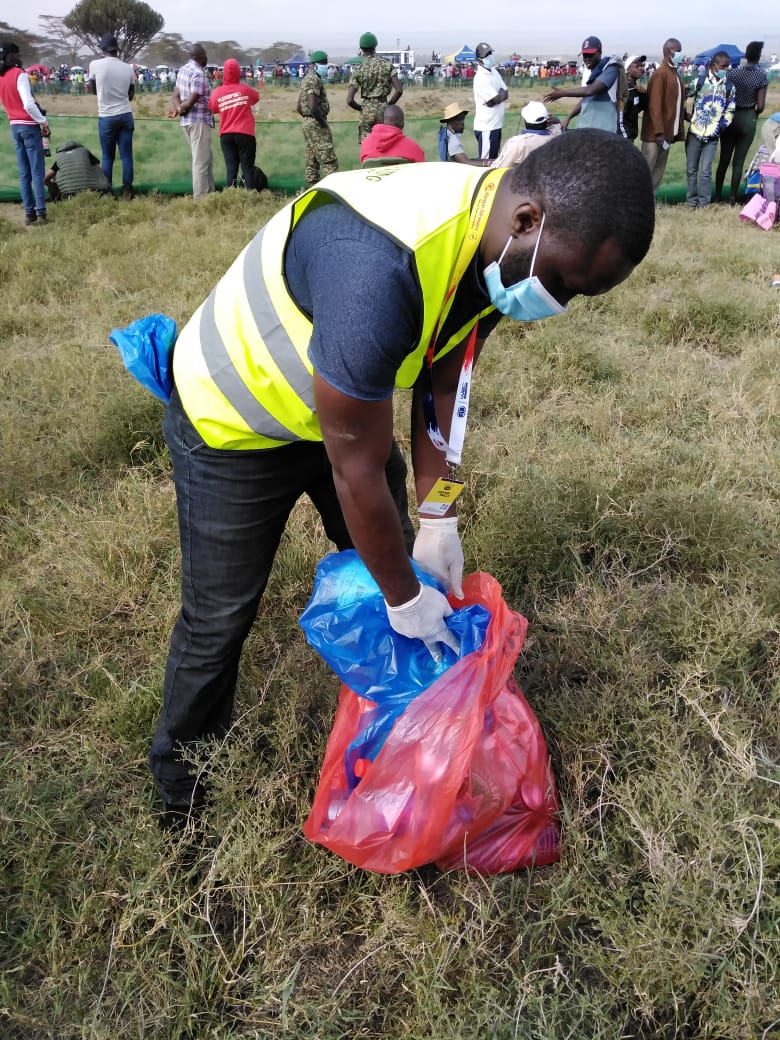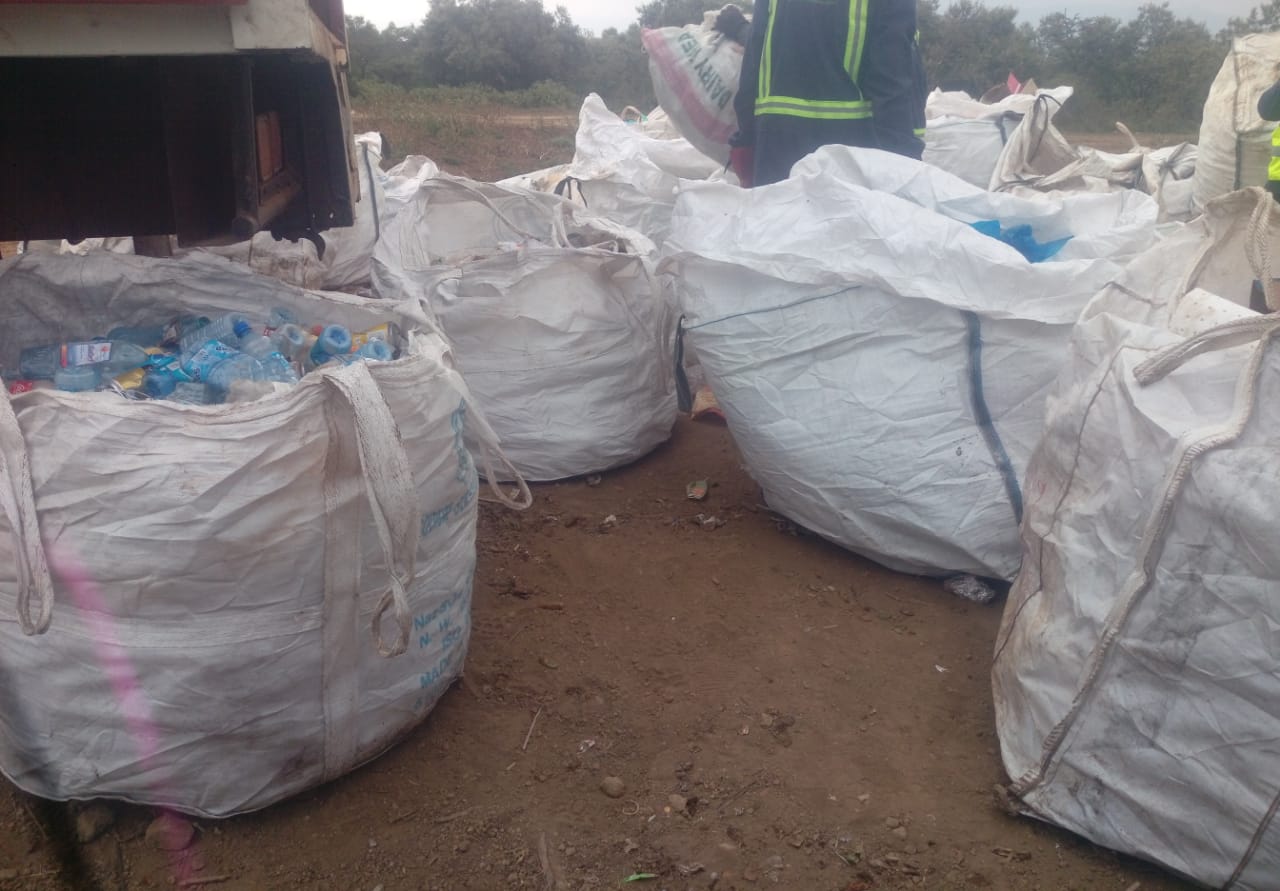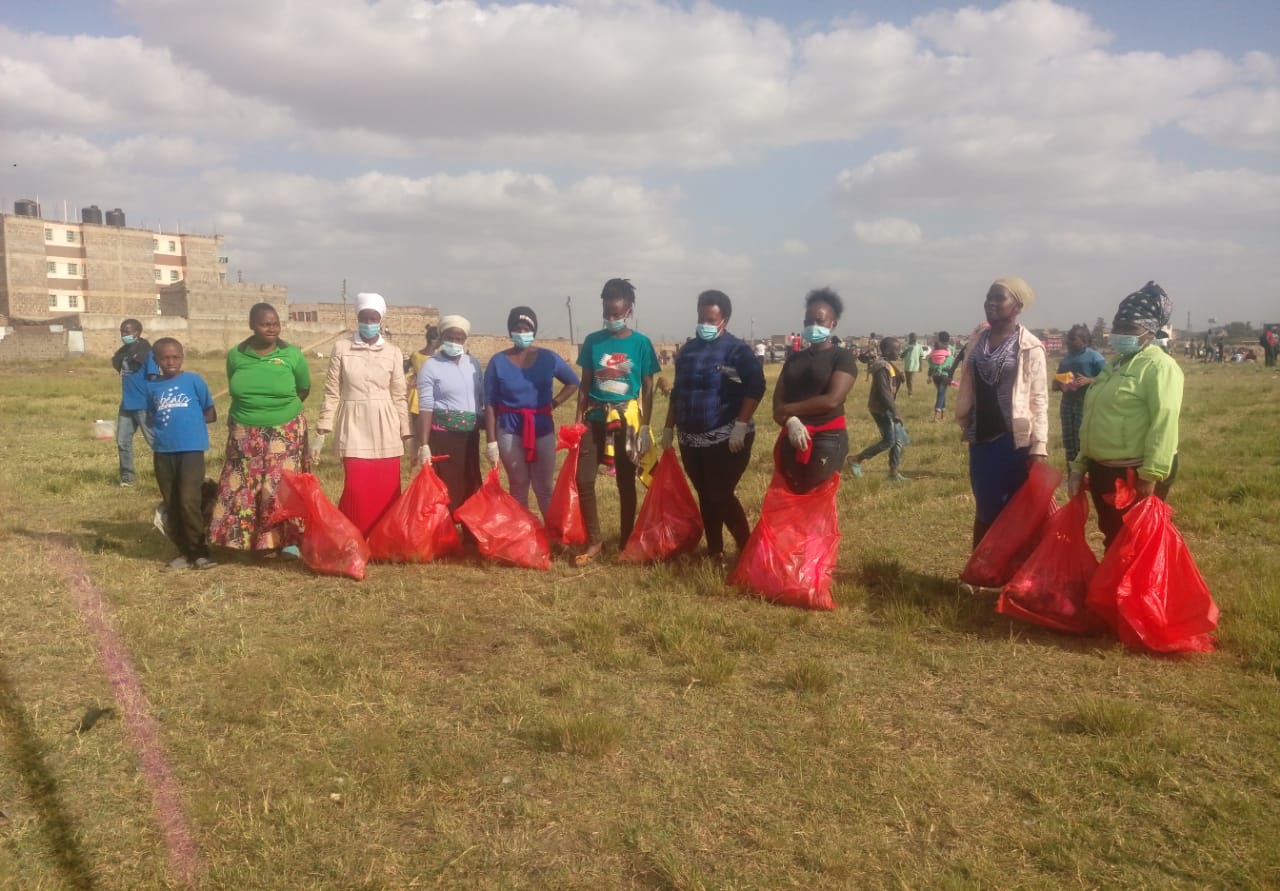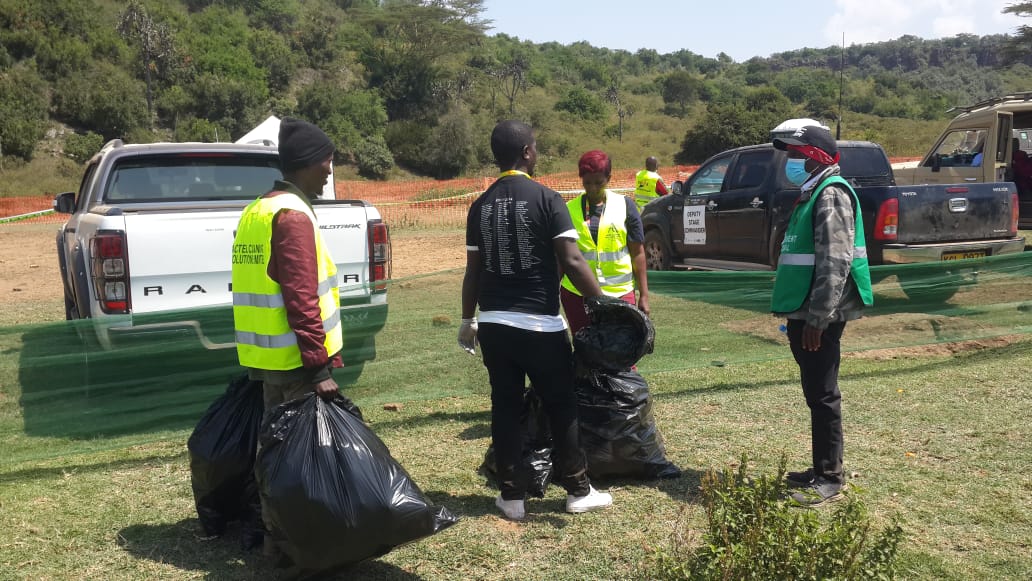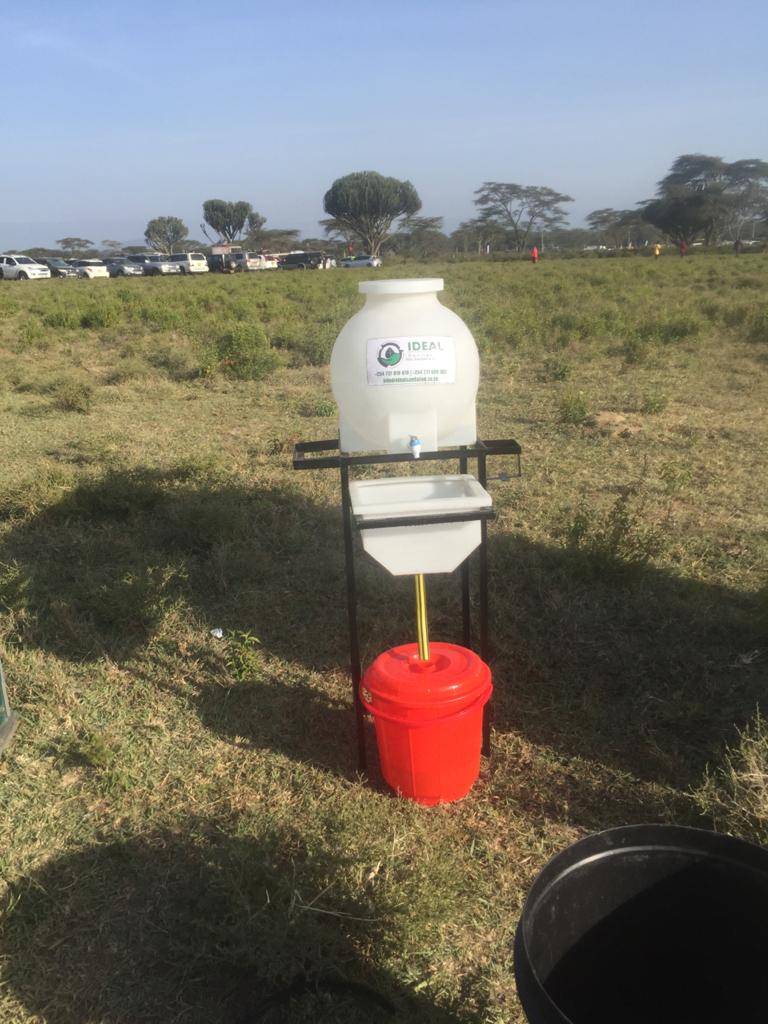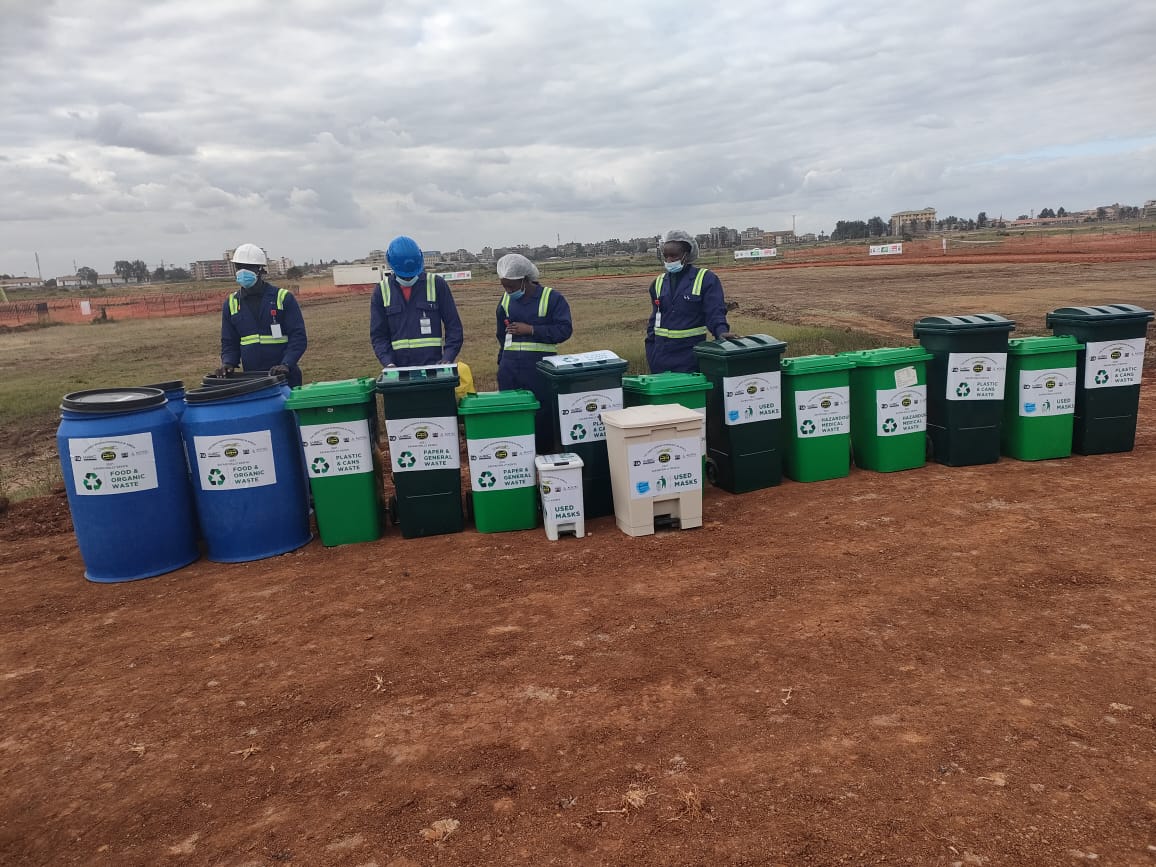The return of the Safari Rally to Kenya and the African continent after nineteen years could not be more timely than it was last week. With the COVID-19 adverse impact on the global economy, the return of this championship was a blessing and light at the end of the tunnel for the Kenyan economy that did not only bring in foreign exchange but also brand Kenya and Nakuru in particular to over 800 million global viewers.
From the time President Uhuru Kenyatta flagged off the powerful 2021 Safari Rally at the Kenyatta International Convention Centre on Thursday, multitude upon multitudes took to tweeter to drive hype over the championship and encourage more Kenyans to change all week’s plans and head to Naivasha with Naivasha trending on tweeter for over 5 days.

Kenyans lined up on busy highways to catch a glimpse of the rally cars being driven by not only Kenyan drivers but also world rally champions who had never rallied in Africa before.
Kiprop Kihara, one of the many rally enthusiasts who stood on the highways to watch the racing cars, told Anadolu Agency:
“I am rooting for team Kenya. Our guests have never been to our roads, which are challenging to navigate. I wish all drivers a successful rally.”
Safari Rally’s impact on the Nakuru Economy from an entrepreneurs’ Perspective
Safari Rally was the full package.
At a corporate level, there were opportunities to network and transact business. The average car was Prado with VX & V8 well represented. There were hardly any Range Rovers and Proboxes. At a business level, literally, every business in Naivasha had a boom. We joked that they made up for the 2020 losses in one weekend.
For small business owners, it was a field day. The majority of the people didn’t make effort to carry food or drinks. Anyone selling drinks and food made a kill. Entertainment were hot spots. Betika had a fun village that was packed 24 hrs. Other guys leased land and set up tents, music, lights food etc. Revellers entertained themselves.
For accommodation, entrepreneurs leased land for a week, cleared and put up tents and offered accommodation for as much as 5k a night.
The Macroeconomic Perspective.
Safari Rally, which featured 19 competitive stages took place in the scenic town after it was restored to the WRC calendar following lobbying led by President Uhuru Kenyatta.
“It was an iconic event that will market Kenya, with a global audience of over 800 million viewers being treated to quality production and 155 television stations beaming the event live,”
WRC Safari Rally chief executive officer Phineas Kimathi said.
The event sent a clear message to the world that Kenya is open for business, open for tourism and brought out a clear picture of Kenya’s inherent resilience.
Sustainability
With the Safari Rally being held in areas inhabited by wildlife, it was critically important that adequate measures were piut in place to ensure that proper environmental sustainability measures were put in place and adhered to.
To this end, in line withe the FIA Environmental Sustainability Framework, a commitee was set up to ensure environmental sustainability measures are undertaken. The committee comrised of Kenya Wildlife Services (KWS), representation from the conservancies, National Environmental Management Authority (NEMA), Naukuru County and the WRC safari Rally Kenya officials.
To execute this mandate, WRC Safari Rally engaged waste management firms that deployed hundreds of environment marshals to collect all trash and litter at all the spectator stages and along the Naivasha-Nakuru highway where spectators had stationed. Spectators were sensitized on waste management and disposal and directed on the strategically located waste collection points.
Bizna independently verified that waste from the rally was collected during the event and a thorough clean up done the following day to ensure that no waste was left at the site. A visit of the rally route established that there was no waste and the habitat recovering well with wildlife roaming around.




